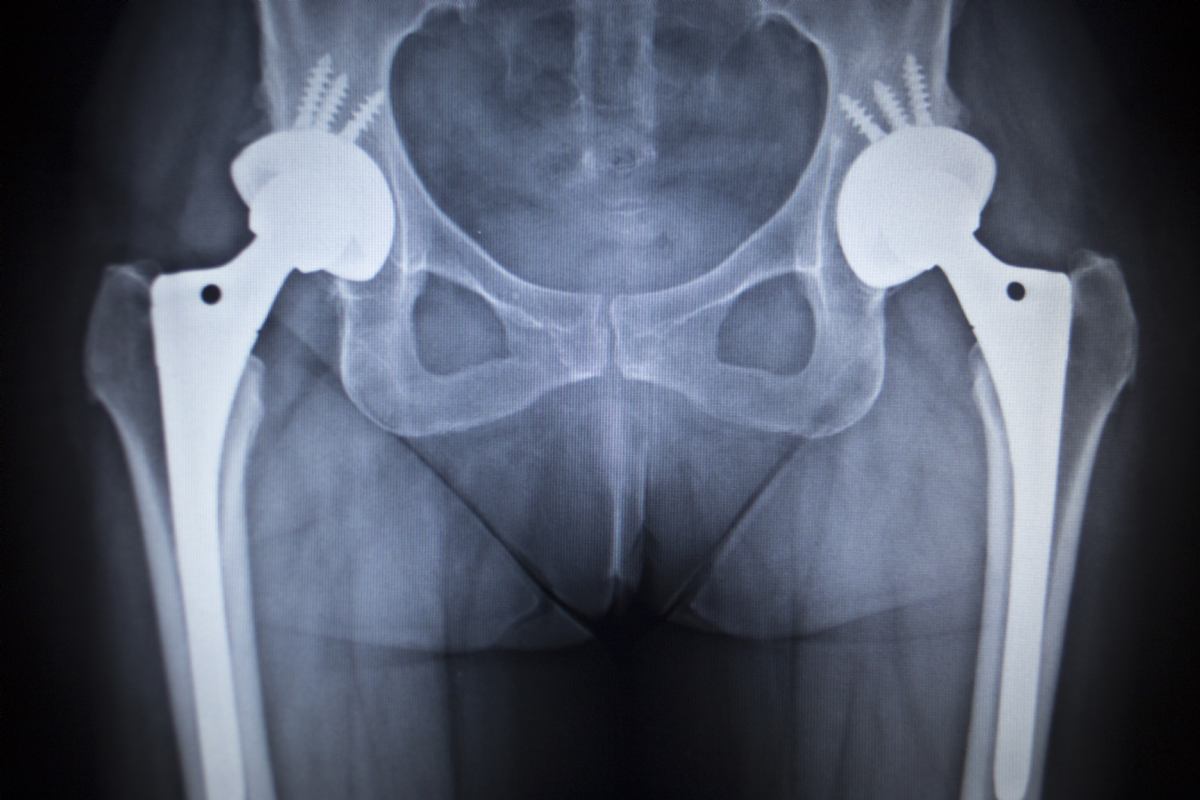Types of endoprostheses

Types of endoprostheses
Basically, hip replacements (endoprostheses) can be divided into cementless and cemented. Cementless endoprosthesis with its rough surface mimics the bone surface which allows bone ingrowths into the endoprosthesis. In cement endoprosthesis, special cement is used to create a solid layer between the bone and the prosthesis surface.
Selecting the type of endoprosthesis is approached individually taking into account numerous factors... Some of them are patient’s age, the degree of damage to the hip joint, anatomical features, expected level of physical activity, previous diseases or already performed surgeries.
Generally, cementless endoprostheses are implanted into younger patients’ hip sockets with an adequate bone quality that will grow into the endoprosthesis and achieve firmness. This type of endoprosthesis we insert in most of our patients. In elderly patients and patients with inadequate bone quality (most often osteoporosis), we insert the cemented endoprosthesis. Age of the patient is not strictly defined and is only one of the factors in making decision on selecting the type of the endoprosthesis.
The type of material used for individual parts of endoprosthesis also depends on several factors. Each material has its own characteristics and indications.
There are three basic kinds of material:
- polyethylene (very hard plastic)
- ceramic
- alloy metals
In cementless endoprosthesis, a metal cup is used by placing a polyethylene or ceramic implant and a metal stem into it.
In cement endoprosthesis, a polyethylene cup and a metal stem are used.
The head can be ceramic or metal.

